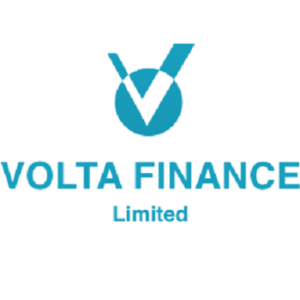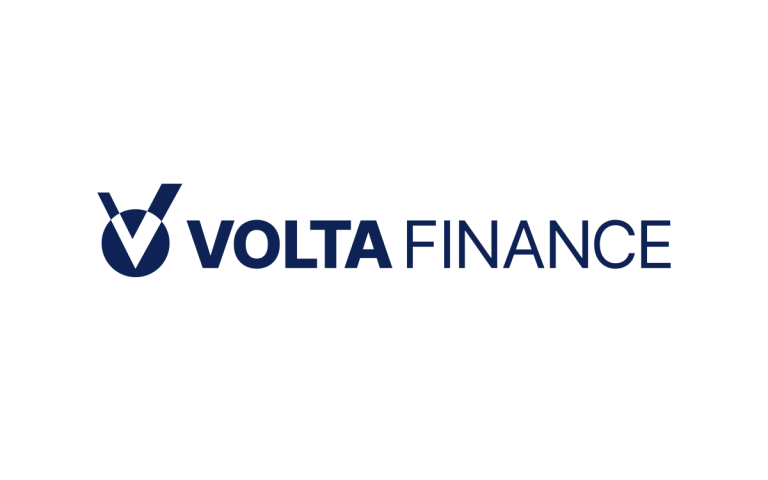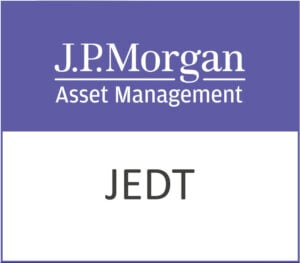As 2025 unfolds, the CLO market presents a compelling landscape for investors seeking both resilience and attractive yields. With shifting monetary policies and evolving credit dynamics, understanding the nuances of CLO investments becomes paramount.
The collateralised loan obligation (CLO) market is navigating a transformative period in 2025, characterised by robust investor interest and evolving credit dynamics. This resurgence is underpinned by a confluence of factors, including a favourable macroeconomic backdrop, declining inflation, and proactive monetary policies from central banks worldwide. These conditions have created an environment where CLOs, particularly those with floating-rate structures, offer compelling opportunities for yield enhancement and portfolio diversification.
One of the key drivers of this renewed interest is the attractive yield profile of CLOs. With spreads on AA-rated CLO tranches widening relative to their AAA counterparts, investors are finding value in the higher-yielding segments of the CLO capital structure. This shift reflects a broader market recognition of the potential for enhanced returns without proportionally increased risk, especially in a landscape where traditional fixed-income instruments may offer limited upside.
Moreover, the floating-rate nature of CLOs provides a natural hedge against interest rate volatility, aligning well with the current monetary environment. As central banks, including the Federal Reserve, navigate the delicate balance between supporting economic growth and containing inflation, the flexibility of CLOs becomes increasingly valuable. Investors can benefit from the potential for rising income streams in a scenario where interest rates adjust upward, without the duration risk associated with fixed-rate securities.
The structural resilience of CLOs is another factor contributing to their appeal. The rigorous underwriting standards and active management of underlying loan portfolios help mitigate credit risk, even in the face of economic uncertainties. This robustness is particularly pertinent as markets assess the implications of potential shifts in monetary policy and the broader economic trajectory.
In addition to these structural advantages, the CLO market’s performance is buoyed by the overall health of the corporate credit landscape. Strong corporate earnings, low default rates, and ample liquidity have fostered a supportive environment for leveraged loans, the primary assets within CLOs. This positive backdrop enhances the credit quality of CLO portfolios and reinforces investor confidence in the asset class.
Furthermore, the diversification benefits of CLOs cannot be overstated. By pooling a broad array of loans across various industries and geographies, CLOs offer investors exposure to a wide spectrum of credit opportunities. This diversification helps mitigate idiosyncratic risks and contributes to more stable performance across different market cycles.
As the investment landscape continues to evolve, the adaptability of CLOs positions them as a strategic component within diversified portfolios. Their capacity to deliver attractive yields, coupled with structural safeguards and alignment with prevailing economic trends, underscores their relevance in the current market context.
The 2025 CLO market presents a multifaceted opportunity for investors seeking to enhance yield and manage risk effectively. The confluence of favourable macroeconomic conditions, structural resilience, and the inherent advantages of floating-rate instruments positions CLOs as a compelling choice in the fixed-income spectrum.
Volta Finance Ltd (LON:VTA) is a closed-ended limited liability company registered in Guernsey. Volta’s investment objectives are to seek to preserve capital across the credit cycle and to provide a stable stream of income to its Shareholders through dividends that it expects to distribute on a quarterly basis.











































